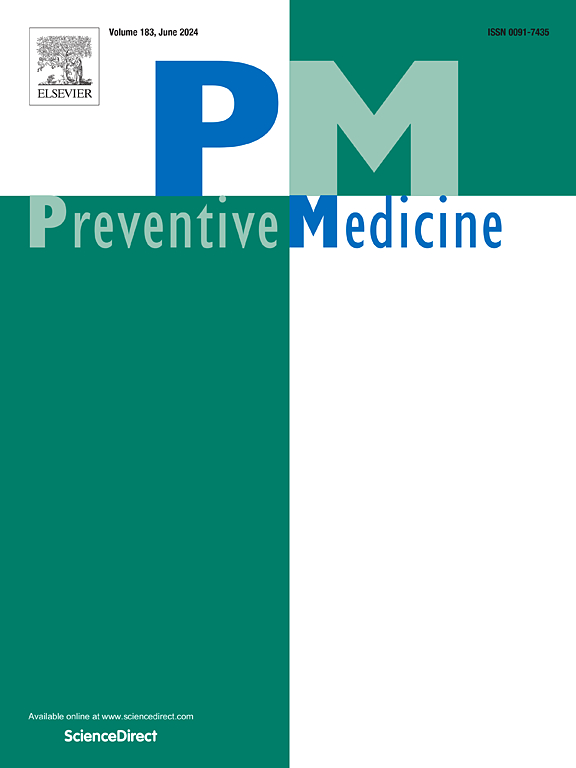以人为本的设计思维是一个共同创造的过程:评论
IF 3.2
2区 医学
Q1 MEDICINE, GENERAL & INTERNAL
引用次数: 0
摘要
“生态创造目标”是一个与利益攸关方接触,确定复杂问题并设计与利益攸关方需求相关的解决方案的协作过程,它已在公共卫生和预防医学领域获得支持,通过与利益攸关方有意义的接触来解决“棘手问题”。在公共卫生中使用和/或描述共同创造方法的方式并不总是完全清楚。我们如何加强共同创造过程以改善健康?这篇评论的目的是通过定义以人为中心的设计思维(HCDT)的框架和使用移情视角和迭代问题框架来指导共同创造过程。这篇评论将以人为中心的设计思维定义为共同创造的框架,强调发散和收敛思维,并介绍了设计师的思维方式。共情和问题框架的作用,探讨了使用来自该领域的例子。本评论论证了将HCDT作为公共卫生领域共同创造方法的附加价值,并提供了与此过程相关的工具,这些工具可以补充传统的共同创造过程,如双钻石模型、HCDT实地指南,其中包含详细和已建立的活动、“设计师式的认识方式”、移情映射和问题重构。通过将HCDT整合到共同创造过程中,我们可以通过协作培养更深层次的共情反应和问题框架。本文章由计算机程序翻译,如有差异,请以英文原文为准。
Human-centred design thinking as a co-creation process: A commentary
Objective
Co-creation, a collaborative process of engaging with stakeholders to define complex problems and design solutions that are contextually relevant to stakeholders' needs, has gained traction in public health and preventive medicine to address “wicked problems” through meaningful engagement with stakeholders. The way in which co-creation approaches are used and/or described in public health are not always entirely clear. How might we enhance co-creation processes to improve health? The objective of this commentary is to argue for the integration of human-centred design thinking (HCDT) to direct co-creation processes by defining its framework and use of empathetic perspectives and iterative problem framing.
Methods
This commentary defines human-centred design thinking HCDT as a framework for co-creation with an emphasis on divergent and convergent thinking and introduces designer mindsets. The role of empathy and problem framing is explored using examples from the field.
Results
This commentary argues for the added value of applying HCDT as an approach to co-creation in public health and provides tools associated with this process that can complement traditional co-creation processes, such as the Double Diamond model, HCDT field guides with detailed and established activities, “designerly ways of knowing”, empathy mapping, and problem reframing.
Conclusions
By integrating HCDT into co-creation processes, we can foster deeper empathetic responses and problem framing through collaboration.
求助全文
通过发布文献求助,成功后即可免费获取论文全文。
去求助
来源期刊

Preventive medicine
医学-公共卫生、环境卫生与职业卫生
CiteScore
7.70
自引率
3.90%
发文量
0
审稿时长
42 days
期刊介绍:
Founded in 1972 by Ernst Wynder, Preventive Medicine is an international scholarly journal that provides prompt publication of original articles on the science and practice of disease prevention, health promotion, and public health policymaking. Preventive Medicine aims to reward innovation. It will favor insightful observational studies, thoughtful explorations of health data, unsuspected new angles for existing hypotheses, robust randomized controlled trials, and impartial systematic reviews. Preventive Medicine''s ultimate goal is to publish research that will have an impact on the work of practitioners of disease prevention and health promotion, as well as of related disciplines.
 求助内容:
求助内容: 应助结果提醒方式:
应助结果提醒方式:


